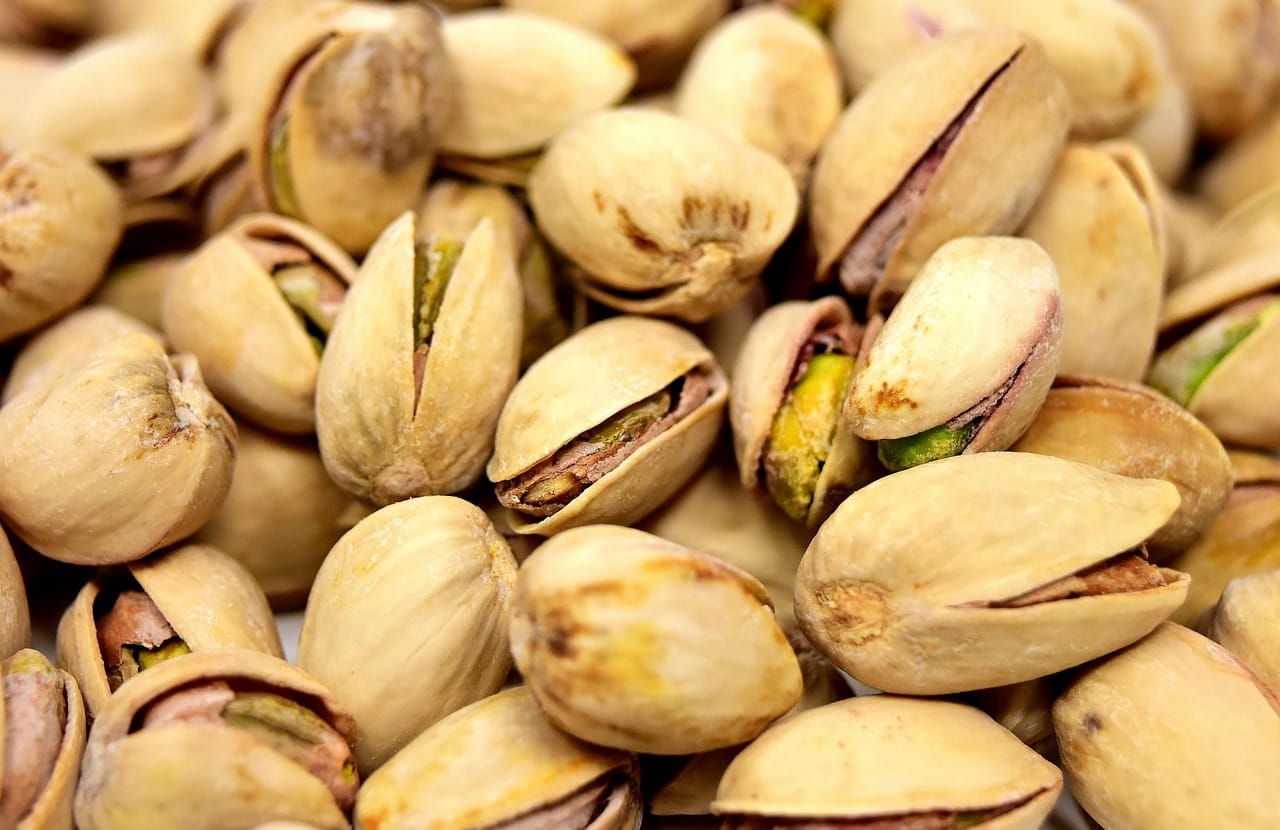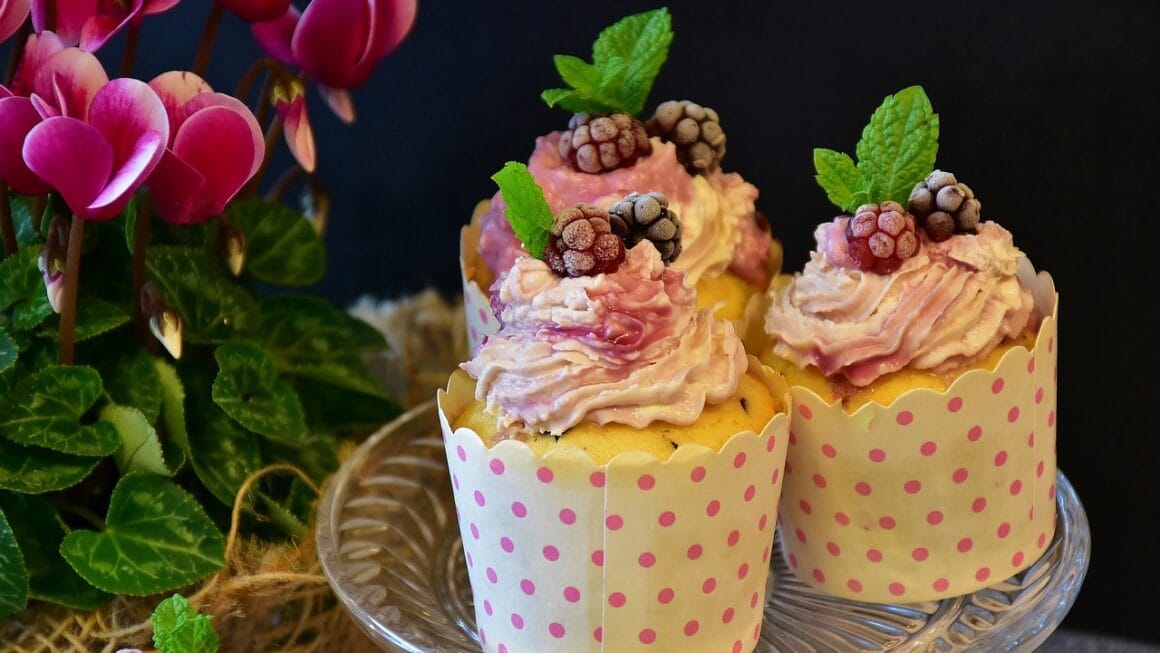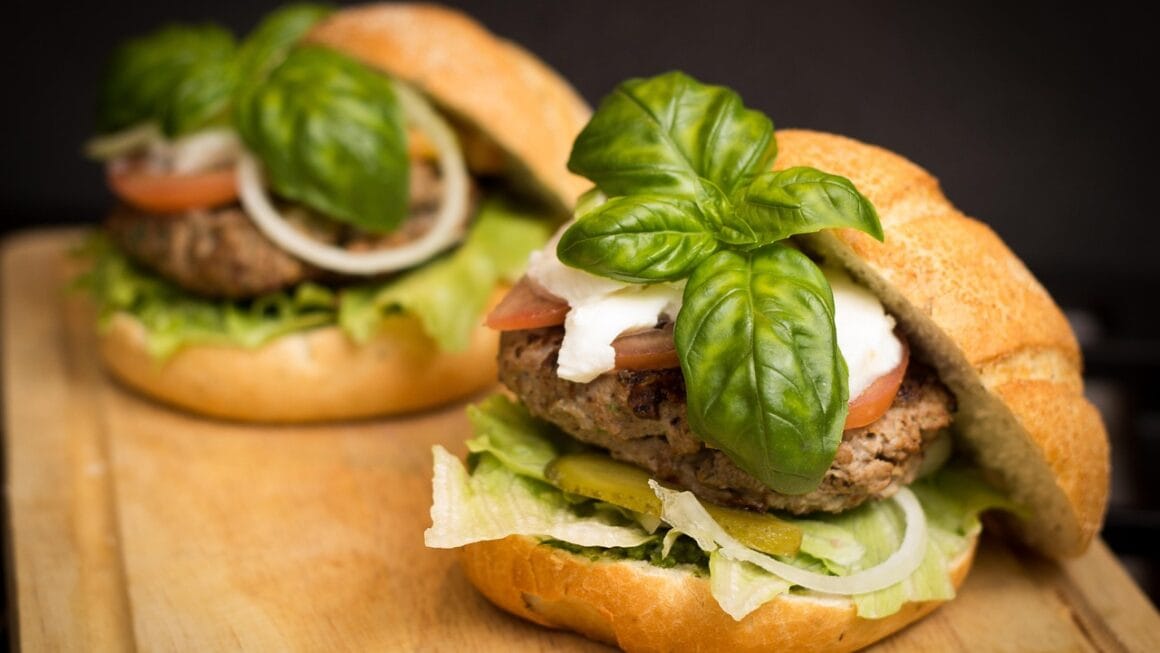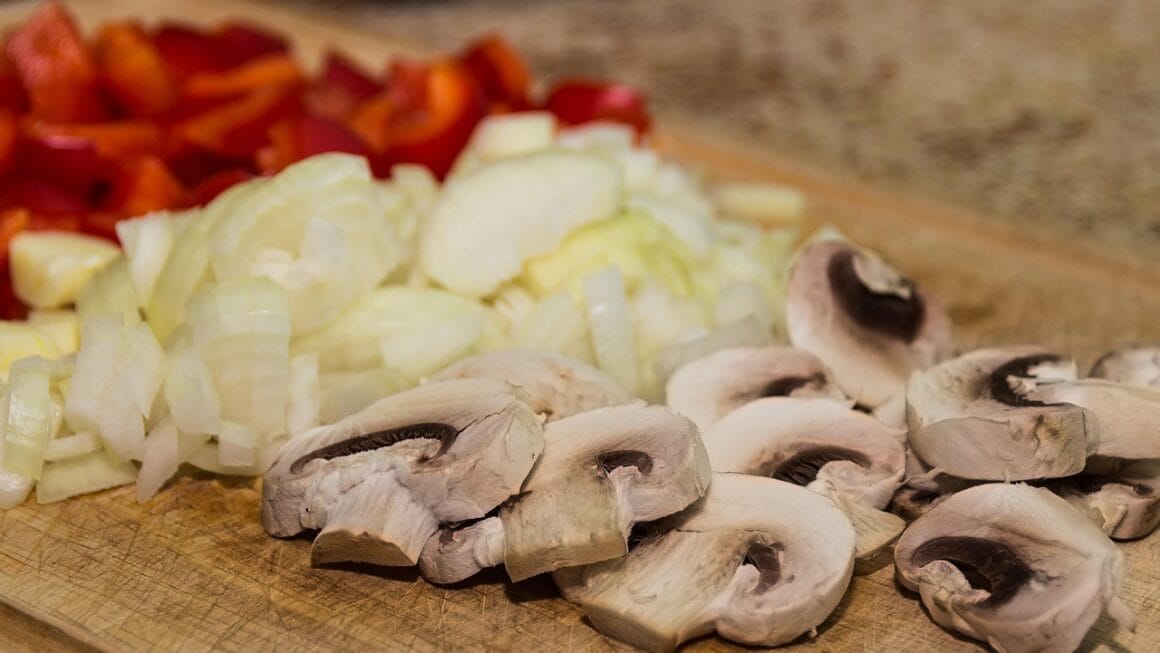Embarking on a wine tour is more than just tasting exquisite wines; it’s an immersive journey into the world of viticulture, a sensory exploration of terroir, and an opportunity to create lasting memories. Whether you’re a seasoned sommelier or a curious novice, a well-planned wine tour offers an unparalleled experience that engages your senses and expands your knowledge. This guide will navigate you through the intricacies of wine tours, ensuring you make the most of your next wine country adventure.
Choosing the Right Wine Region
Defining Your Wine Preferences
Before booking, consider what types of wines you enjoy most. Are you a fan of bold reds like Cabernet Sauvignon and Merlot, or do you prefer crisp whites like Sauvignon Blanc and Chardonnay? Perhaps you lean towards sparkling wines or unique varietals? Understanding your palate will help you select a wine region that aligns with your tastes.
- Example: If you appreciate Pinot Noir, consider a tour of the Willamette Valley in Oregon or Burgundy, France. For robust reds, Napa Valley in California or Tuscany, Italy, might be ideal.
Researching Wine Regions
Once you have a general idea of your preferences, research wine regions known for producing those varietals. Look for regions with a diverse range of wineries, stunning landscapes, and reputable tour operators. Consider factors like:
- Climate and Terroir: How does the climate and soil of the region influence the wine?
- Winery Reputation: Are the wineries highly rated and award-winning?
- Accessibility: How easy is it to travel to and around the region?
Popular Wine Tour Destinations
Here are some popular wine regions renowned for their tours:
- Napa Valley, California, USA: Known for its Cabernet Sauvignon, Chardonnay, and luxurious winery experiences. Napa Valley attracts over 4 million visitors annually, contributing significantly to the local economy.
- Tuscany, Italy: Famous for Chianti and Brunello di Montalcino, with beautiful rolling hills and historical wineries. The Tuscan wine region has a long history, dating back to Etruscan times.
- Bordeaux, France: Renowned for its prestigious red blends, offering elegant châteaux and sophisticated tasting experiences. Bordeaux wines are renowned for their aging potential, sometimes lasting for decades.
- Mendoza, Argentina: Home to Malbec, offering stunning views of the Andes Mountains and high-altitude vineyards. Mendoza is responsible for over 70% of Argentina’s wine production.
- Hunter Valley, Australia: Known for its Semillon and Shiraz, with a more laid-back atmosphere than some of the more established regions. Hunter Valley boasts some of the oldest grapevines in Australia.
Types of Wine Tours
Guided Tours
These tours are led by knowledgeable guides who provide insights into the winemaking process, the history of the region, and the specific characteristics of each wine. They often include transportation, tastings, and sometimes lunch or snacks.
- Benefits: Convenient, informative, and often offer access to exclusive experiences.
- Example: A full-day guided tour in Napa Valley might include visits to three wineries, a gourmet lunch, and transportation in a comfortable van.
Self-Guided Tours
Self-guided tours offer more flexibility and allow you to explore at your own pace. You’ll need to plan your itinerary, arrange transportation, and book tastings in advance.
- Benefits: Freedom to customize your experience and visit wineries that specifically interest you.
- Example: Creating a custom itinerary in Sonoma, California, using a wine tasting passport that provides discounts at participating wineries.
Private Wine Tours
For a more personalized experience, consider a private wine tour. These tours are tailored to your preferences and can include exclusive tastings, behind-the-scenes access, and bespoke itineraries.
- Benefits: Customized experience, personalized attention, and often access to wineries not open to the general public.
- Example: Hiring a private sommelier to curate a tasting experience at a small, family-owned winery in the Rhône Valley, France.
Specialized Tours
Some wine tours focus on specific aspects of winemaking or offer unique experiences, such as:
- Barrel Tastings: Sampling wine directly from the barrel before it’s bottled.
- Food and Wine Pairings: Learning how to match wines with different dishes.
- Vineyard Walks: Exploring the vineyards and learning about grape cultivation.
- Sustainable Winemaking Tours: Focusing on wineries that use eco-friendly practices.
Planning Your Wine Tour
Booking in Advance
Especially during peak season, it’s essential to book your wine tour and tastings in advance. Popular wineries and tour operators often sell out weeks or even months ahead of time.
- Tip: Check for cancellation policies and booking flexibility, particularly if you’re traveling from afar.
Transportation
Consider how you’ll get around the wine region. Options include:
- Rental Car: Offers flexibility but requires someone to abstain from drinking.
- Designated Driver: A responsible friend or family member who doesn’t drink alcohol.
- Shuttle Service: A convenient option for groups, often provided by tour operators.
- Ride-Sharing Services: Available in some regions but may be limited.
What to Wear and Bring
Dress comfortably and wear appropriate footwear, as you’ll likely be doing some walking. Consider bringing:
- Comfortable Shoes: For walking around vineyards and wineries.
- Sunscreen and Hat: To protect yourself from the sun.
- Water Bottle: To stay hydrated.
- Snacks: To keep your energy levels up.
- Notepad and Pen: To take notes on the wines you taste.
- Camera: To capture the beautiful scenery.
- Light Jacket or Sweater: Even in warm climates, wineries can be cool.
Etiquette Tips for Wine Tasting
- Arrive on Time: Respect the winery’s schedule.
- Listen to the Pourer: They’ll offer valuable information about the wine.
- Swirl Your Wine: To release the aromas.
- Sip and Savor: Don’t gulp your wine.
- Spit If Necessary: If you’re tasting multiple wines, spitting is acceptable to avoid over-intoxication.
- Ask Questions: Show your interest and learn more about the wine.
- Purchase Wine: Support the winery by buying a bottle or two.
Maximizing Your Wine Tasting Experience
Understanding Wine Tasting Basics
Familiarize yourself with the basic principles of wine tasting:
- Sight: Observe the wine’s color and clarity.
- Smell: Identify the aromas (fruit, floral, spice, etc.).
- Taste: Evaluate the wine’s flavors, acidity, tannins, and body.
- Finish: Note the lingering flavors after you swallow.
Pairing Wine with Food
Food and wine pairing can enhance your tasting experience. Consider these general guidelines:
- Red Wine: Pairs well with red meat, cheese, and hearty dishes.
- White Wine: Complements seafood, poultry, and lighter fare.
- Rosé Wine: Versatile and pairs well with a variety of foods.
- Sparkling Wine: Excellent as an aperitif or with appetizers.
Engaging with the Winemakers
Take the opportunity to speak with the winemakers and learn about their passion for winemaking. Ask them about their techniques, their philosophy, and the challenges they face.
- Example: Ask a winemaker in Burgundy about the influence of terroir on their Pinot Noir.
Documenting Your Tasting Notes
Keep a record of the wines you taste, noting your impressions of their aroma, flavor, and overall quality. This will help you remember your favorites and develop your palate over time. Many wineries offer tasting sheets, or you can use a notebook or a wine-tasting app.
Conclusion
Wine tours offer a unique blend of education, relaxation, and sensory delight. By carefully planning your trip, choosing the right region and tour type, and engaging with the winemakers and wines, you can create an unforgettable experience. So, raise a glass and embark on a journey of discovery in the world of wine!




